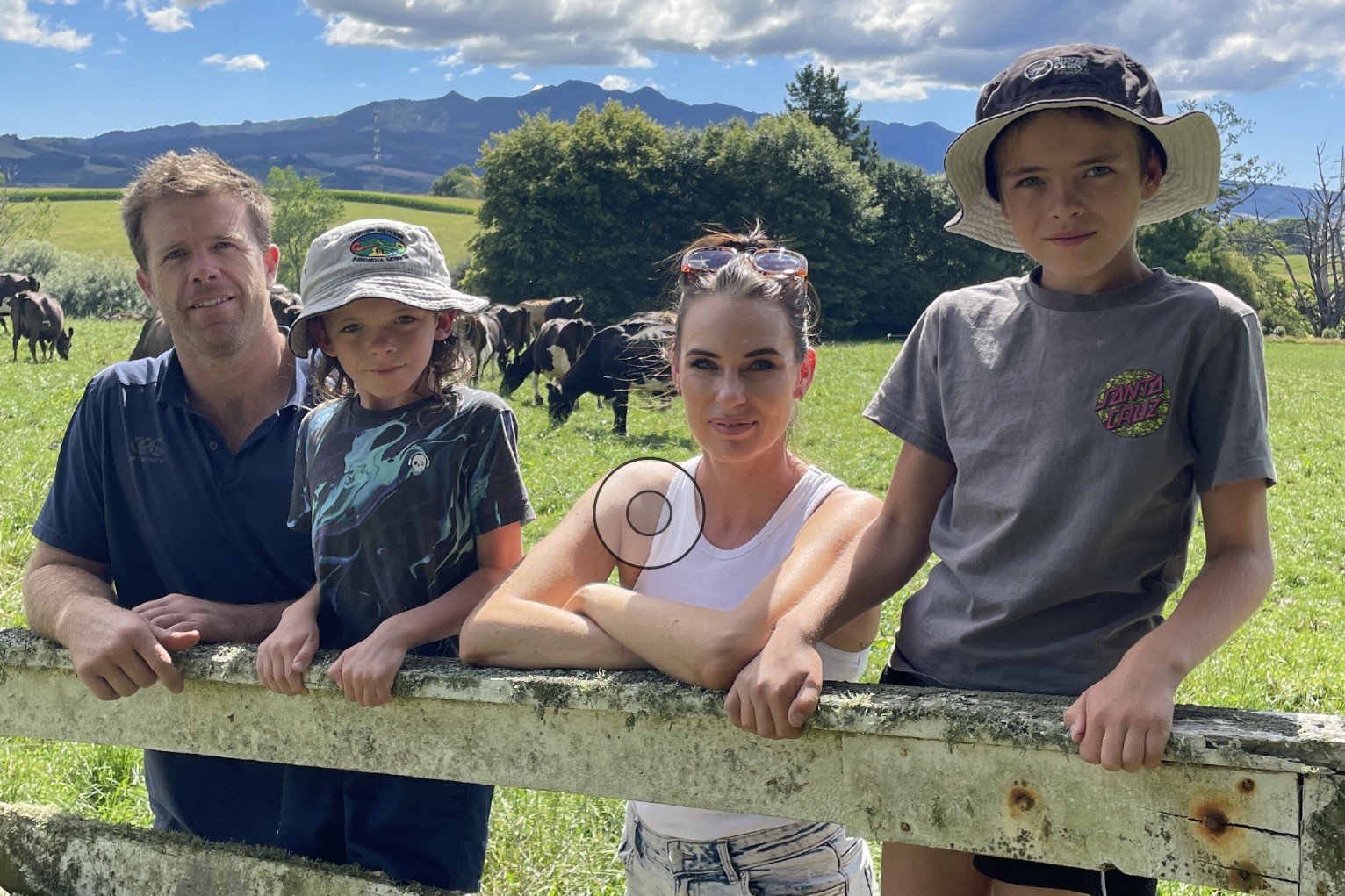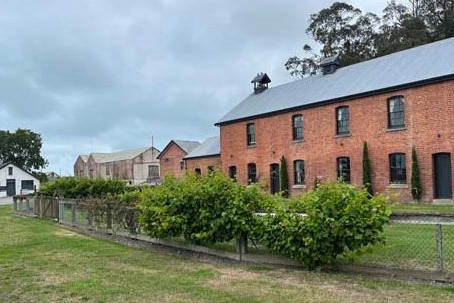DairyNZ senior scientist Ina Pinxterhuis has good news for farmers and the environment as she reaches the end of a collaborative research programme to reduce nitrate leaching.
Achieving a long-term goal is always satisfying, but especially when the result benefits both farmers and the environment.
The results
“After six exciting years, the Forages for Reduced Nitrate Leaching programme (FRNL) is coming to an end, and I am happy to report we’ve obtained good scientific proof of forage options that can reduce our environmental footprint on farm. Even better, some of these options are already being successfully used by farmers,” she says.
The benefits
Nitrate leaching, which occurs when nitrate has accumulated in the soil and soil moisture drains below the root zone, can be managed by reducing the surplus nitrogen in the soil and, when irrigating, avoiding oversupply of water. The benefit of being efficient with nitrogen and water is that using less fertiliser, supplements and water generates the same milk production while reducing the associated costs.
The forages
“The forage options we investigated (low-nitrogen fodder crops, catch crops and pasture species other than our standard perennial ryegrass and white clover) all help to utilise nitrogen efficiently and in different ways,” she says.
Low nitrogen high quality feed crops, such as fodder beet, maize and cereals; reduce urinary nitrogen excretion by animals.
Catch crops, such as oats, reduce nitrate leaching when established after a main crop (e.g. a summer- or winter-grazed crop) through the uptake of water and nitrogen. These crops also provide additional feed and may increase total annual dry matter production.
Some pasture species, such as plantain and Italian ryegrass, reduce urinary nitrogen excretion and nitrogen concentration of urine from animals, and improve plant nitrogen uptake.
Low-N crops, catch crops and diverse pasture appear to be practical options and have already been adopted on many farms. With the help of DairyNZ’s participating monitor farms, we used farm system modelling to look at the effect on nitrate leaching and profitability.
The effect
Success varied between farms and depended on the current farm system and management, soil type, and climate. However, a common theme was benefits were especially noticeable when these forage options were associated with a reduction in use of nitrogen fertiliser and imported feed, that is, a reduction in the farm’s nitrogen surplus.
Overseer’s nitrogen surplus
Do you know what your farm’s Overseer’s nitrogen surplus is? How about the surplus of purchased nitrogen?
This is the amount of nitrogen that was brought onfarm but did not leave in products such as milk. It is a good indicator of the amount of nitrogen at risk of being lost to the environment. This can be through nitrate leaching, nitrous oxide emission (a potent greenhouse gas), or ammonia emission. Ammonia is an “indirect” contributor – it eventually contributes to nitrate leaching or nitrous oxide emission.
For more information, see ‘N surplus shows performance’ in the April 2019 issue of Technical Series. Visit dairynz.co.nz/ TS-April-2019
Based on the results of past years on monitor farms and modelled data, there appears to be a strong correlation between nitrate leaching and greenhouse gas emission per hectare.
“That means the forage options we investigated can tackle both issues simultaneously, especially when they help reduce the farm’s nitrogen surplus,” Pinxterhuis says.
The future
Collaboration between FRNL and Overseer will see the investigated forage options reflected by the model in the near future. Farmers can then assess the effect of forage options on leaching and greenhouse gas emissions and decide how best to adjust their management to optimise the benefits in their farm’s specific situation.
For further information, see dairynz.co.nz/frnl or search plantain, fodder beet or catch crops.
Summaries of how partnering farms fared will be updated in the coming months.
Forages for Reduced Nitrate Leaching is a DairyNZ-led collaborative research programme across the primary sector delivering science for better farming and environmental outcomes. The aim is to reduce nitrate leaching through research into diverse pasture species and crops for dairy, arable and sheep and beef farms. The main funder is the Ministry of Business, Innovation and Employment, with co-funding from research partners DairyNZ, AgResearch, Plant & Food Research, Lincoln University, Foundation for Arable Research and Manaaki Whenua – Landcare Research.





